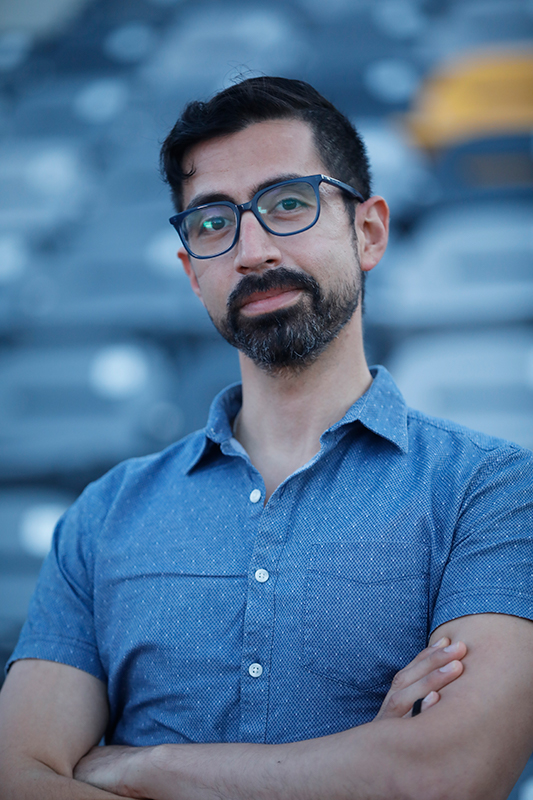Director’s Notes
Ópera Afuera celebrates the music of the Spanish speaking world through song, opera, and instrumental music. The program is divided into three parts –
Part One: Zarzuela, Art and Folk Song
Featuring excerpts from Spanish Zarzuelas, mariachi music from Mexico, and a vals criollo from Peru, Part One reacquaints audiences with popular classic songs while introducing forgotten gems such as “Solereas” from La Verbena de la Paloma.
Part Two: European Opera in the Americas
This section includes arias and small ensembles from the 19th European catalogue that have historical significance in Latin America’s opera tradition. Selections such as the Prologue from Pagliacci and the Quartet from Rigoletto are linked to the debut of famous opera singers, such as Maria Callas and Enrico Caruso, as well as the openings of prominent opera houses in South and Central America. Carmen’s “Habanera” demonstrates the influence of Afro-Cuban dance forms on European composers.
Part Three: Opera Latine in the 21st Century
Part Three provides a sampling of Latine culture’s contribution to operatic and dramatic narrative. Focusing on operas from the late 20th and 21st centuries, these scenes highlight creative traditions specific to Latine cultures. Cruzar la Cara de la Luna uses mariachi as narrative, Manuel y Bolivar inclusion of Ecuadorian air and Venezuelan merengue, and Daniel Catán’s Florencia en el Amazonas incorporates the Latin American literary tradition of magical realism.
David Radamés Toro, DMA
Stage Director
